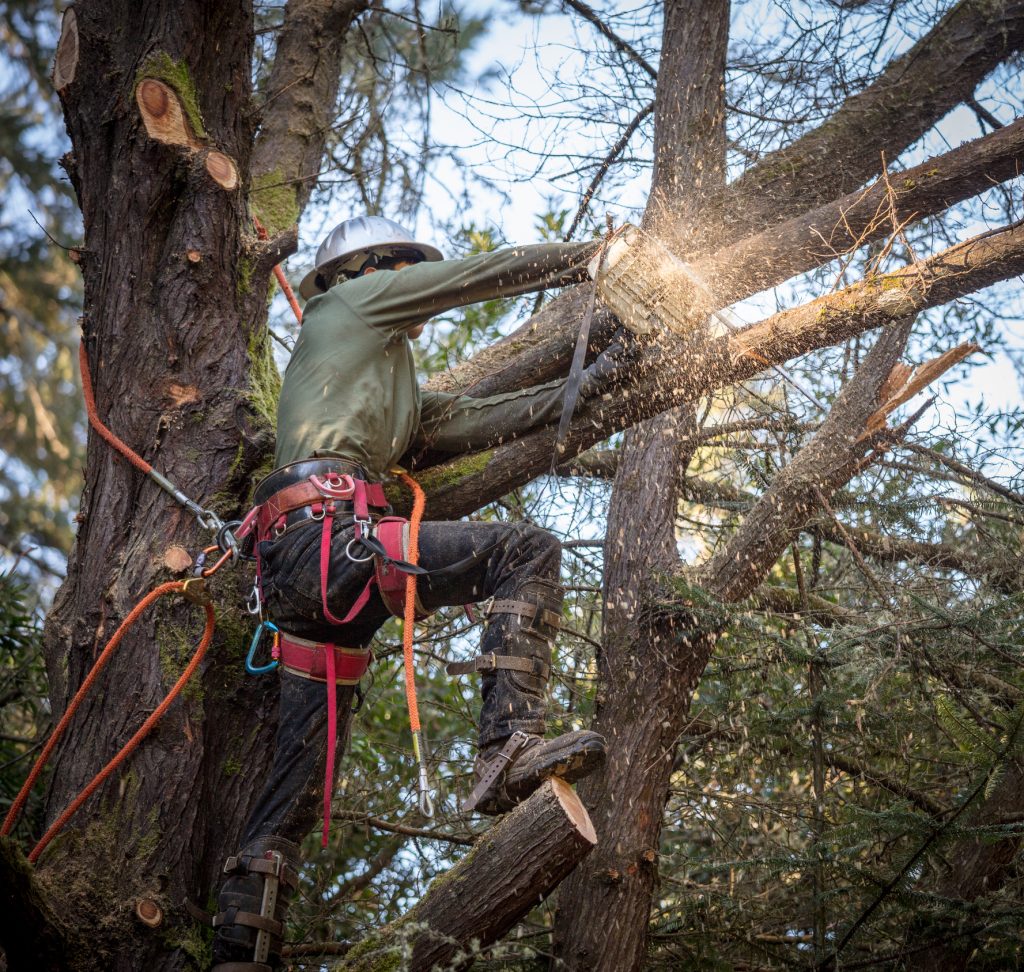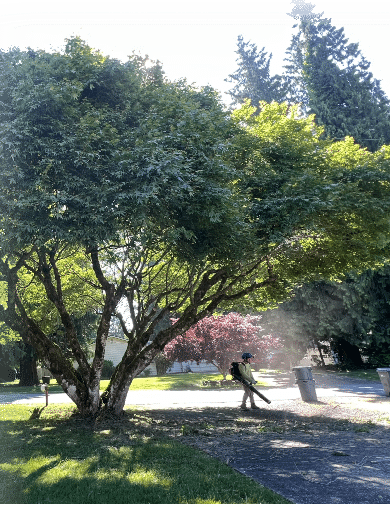Tree trimming is a vital practice that blends artistry and science to create a healthy and visually appealing landscape. When done correctly, pruning can enhance a tree’s structure, promote growth, and mitigate risks. However, improper pruning techniques can harm trees, leading to structural weaknesses and disease susceptibility. This article delves into the art and science of tree pruning, exploring techniques, benefits, and essential considerations for maintaining a beautiful and thriving landscape.
1. Understanding the Importance of Tree Care
Tree shaping serves multiple purposes essential for tree health and landscape aesthetics. Here are some key reasons why pruning is crucial:
– Structural Enhancement: Pruning helps develop a strong tree structure by removing weak, crossing, or crowded branches. This improves overall stability and reduces the risk of branch failure during storms or heavy winds.
– Health Promotion: Removing dead, diseased, or infested branches prevents the spread of pathogens and pests, enhancing the tree’s health and vitality.
– Aesthetic Appeal: Pruning can shape trees for aesthetic purposes, creating visually pleasing forms and enhancing the overall beauty of the landscape.
– Safety: Eliminating hazardous branches reduces the risk of property damage and personal injury from falling limbs.
2. The Art of Tree Grooming
Tree shaping is as much an art as it is a science. Skilled arborists and landscapers employ various pruning techniques to achieve specific aesthetic and structural goals:
– Crown Thinning: This technique involves removing inner branches selectively to increase air circulation and light penetration within the tree’s canopy. Crown thinning reduces wind resistance and promotes overall tree health.
– Crown Raising: Raising the lower branches of a tree enhances visibility, improves access beneath the tree, and prevents interference with structures or pedestrian pathways.
– Crown Reduction: When a tree’s height or spread needs to be reduced, crown reduction pruning selectively removes branches to maintain a balanced and aesthetically pleasing shape while preserving tree health.
– Topiary Pruning: Artistic pruning techniques, such as topiary, involve shaping trees into intricate designs or forms, adding a unique and ornamental aspect to the landscape.
3. Scientific Principles of Tree Shaping
While artistic vision guides pruning decisions, scientific principles underpin the process to ensure optimal tree health and longevity:
– Proper Timing: Pruning should be done during the tree’s dormant season to minimize stress and sap loss. However, dead or hazardous branches can be pruned at any time of the year.
– Correct Cuts: Pruning cuts should be made using sharp, clean tools at the branch collar or just outside the branch bark ridge to promote rapid healing and minimize the risk of disease entry.
– Avoid Over-Pruning: Excessive pruning, known as “topping” or “lion’s tailing,” can weaken trees and lead to vigorous but weakly attached growth. Proper pruning practices aim to maintain a balanced canopy without over-removing foliage.
– Consider Tree Species: Different tree species have unique growth habits and pruning requirements. Understanding these characteristics is essential for effective pruning strategies.
– Monitor Tree Health: Regularly inspecting trees for signs of disease, pest infestation, or structural issues helps identify pruning needs and ensures timely intervention.
4. Tools and Techniques for Effective Pruning
Utilizing the right tools and techniques is crucial for successful tree care:
– Pruning Tools: Quality pruning tools, including hand pruners, loppers, pruning saws, and pole pruners, enable precise and safe cuts.
– Techniques: Depending on the branch size and location, techniques such as drop-crotch pruning, heading cuts, and directional pruning are employed to achieve desired outcomes without causing harm to the tree.
Safety Measures: To prevent injuries, it is essential to wear personal protective equipment (PPE), such as gloves, eye protection, and sturdy footwear, during pruning activities.
5. Post-Pruning Care and Maintenance
After pruning, proper care and maintenance practices contribute to the long-term health and beauty of trees:
– Mulching: Applying a layer of organic mulch on the base of trees helps retain moisture, and regulate soil temperature, and suppress weed growth.
– Watering: Adequate watering, especially during dry periods, supports newly pruned trees and promotes root development.
– Fertilization: Depending on soil nutrient levels, periodic fertilization can supplement tree health and growth.
– Regular Inspection: Continual monitoring for new growth, pests, or structural issues allows for timely adjustments and interventions as needed.
6. Hiring Professional Arborists
While homeowners can handle minor pruning tasks, complex or large-scale pruning projects are best entrusted to certified arborists or tree care professionals. These experts possess the knowledge, experience, and equipment to perform pruning safely and effectively, ensuring optimal results while minimizing risks to trees and property.
Tree pruning combines artistic finesse with scientific principles to create a harmonious balance between aesthetics and tree health. By understanding the importance of pruning, employing proper techniques, and prioritizing post-pruning care, homeowners and landscapers can nurture thriving trees that enhance the beauty and functionality of outdoor spaces. Embracing the art and science of tree care is not only an investment in landscape aesthetics but also a commitment to sustainable tree care practices for generations to come.
Transform your landscape with expert tree pruning from our experts at Cascade Tree Services! Discover the art and science behind healthy, beautiful trees. Call us at 425-530-9697 to elevate your outdoor space today!





